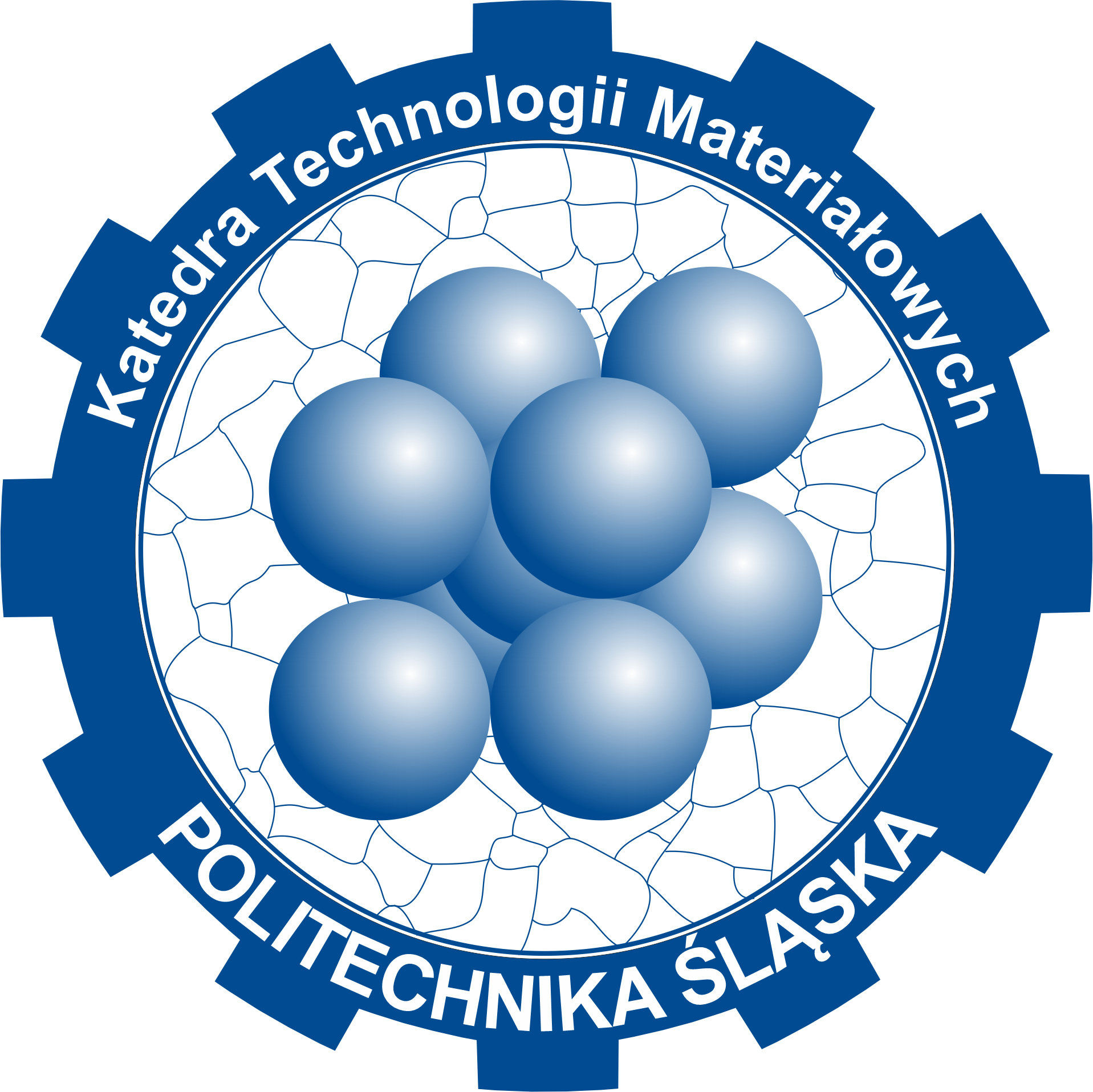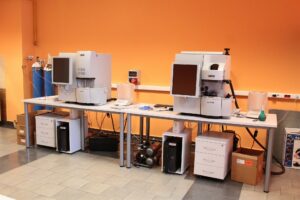Structural Research Laboratory, Chemical and Phase Composition Analysis
- Name of laboratory: Structural Research Laboratory, Chemical and Phase Composition Analysis
The Structural Research Laboratory enables the performance of a wide range of qualitative and quantitative structural research, such as: evaluation of the microstructure of materials (metallic, ceramic, composite, polymer), chemical and phase composition tests, crystallographic orientation and texture of cast materials and after plastic working. The structure of materials determines their properties, therefore the assessment of the structure is of fundamental importance in the characterization of material issues and the design of new materials. In addition to typical engineering materials, the Structural Research Laboratory also enables the study of biological materials for botany, zoology and microbiology, such as: unicellular organisms (bacteria), invertebrates (e.g. insects, arachnids) and plant, animal and human tissues (e.g. leaves, seeds and fruits of plants; hard and soft animal tissues - including blood components, bones and teeth), which helps in describing their morphology and diagnosis of disease states.
- Laboratory equipment (list)
- Scanning electron microscope (SEM) Hitachi S-3400N equipped with energy dispersive X-ray spectrometer (EDS) Thermo Noran, vawelegth dispersive X-ray spectrometer (WDS) Thermo MagnaRay and electron backscatter diffraction detector (EBSD) INCA HKL Nordlys II (Channel 5).
- Scanning electron microscope (SEM) Hitachi S-4200 equipped with Energy dispersive X-ray spectrometer (EDS) Thermo Noran.
- Sputter coater Cressington 108 Auto.
- Focused ion beam (FIB) Hitachi FB-2100.
- Ion beam workstation for preparing TEM samples Technoorg Linda Gentle Mill.
- Analizatory elementarne LECO ONH836 i LECO CS844.
- Research offer and scope of services (research opportunities)
We offer comprehensive studies of the microstructure of metals and their alloys, ceramic, polymer and composite materials using scanning electron microscopy (including studies of crystallographic orientation and local texture). In addition, we offer the possibility of preparing thin films for the transmission microscopy. In the case of solid samples, we analyze the local chemical composition using the electron probe microanalysis. We also performed the analyses of concentration of hydrogen, nitrogen, oxygen, carbon and sulfur in solid inorganic materials (steels, cast irons, nickel alloys, cobalt alloys, copper alloys, aluminum alloys, ores and minerals).
Range of services:
- investigations of microstructure of engineering materials (metals, ceramics, polymers, composites), including biomedical
- investigations of crystallographic orientation by EBSD technique
- fractography (investigation of fractures)
- investigations of biological materials
- preparation of thin foils by FIB technique.
- Person responsible for Laboratory (contact details)
Professor Maria Sozańska PhD, DSc
email: Maria.Sozanska@polsl.pl
tel.: +48 32 6034430
+ 48 32 6034029













